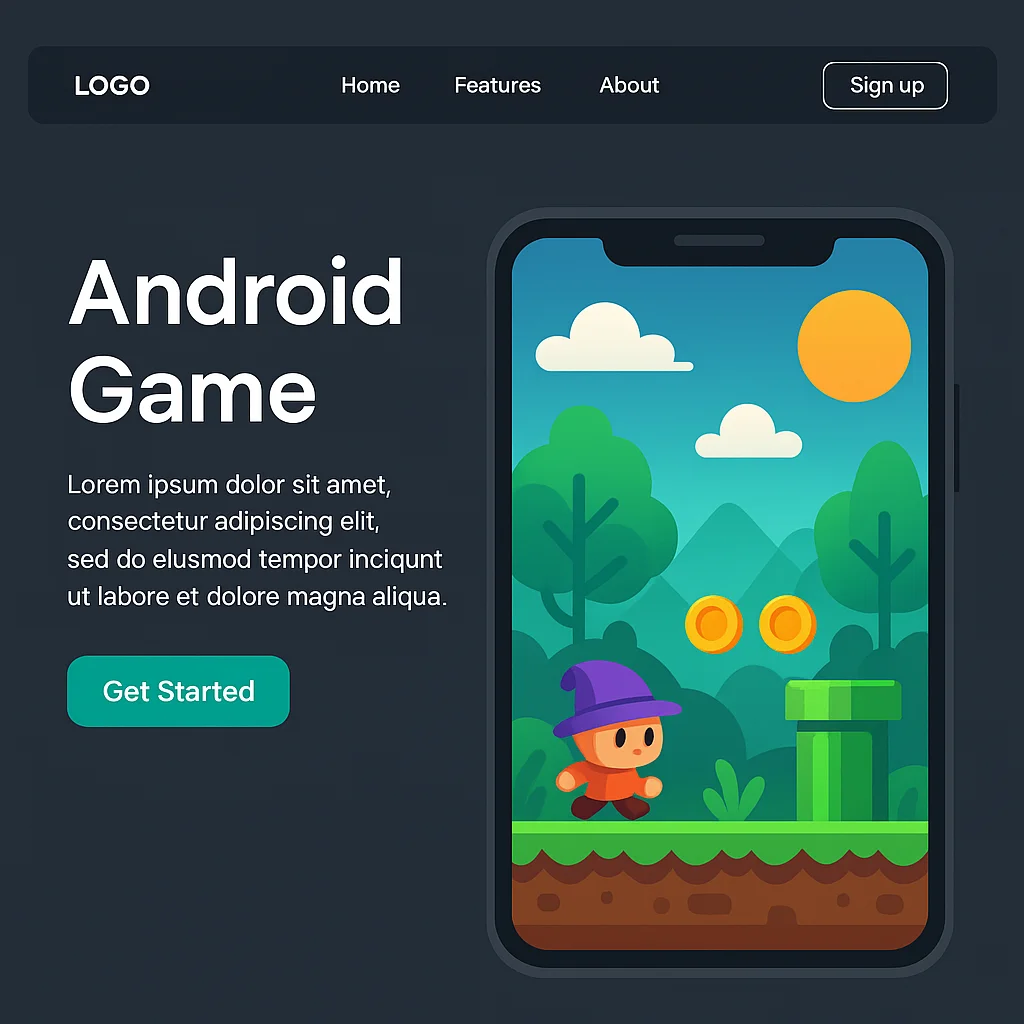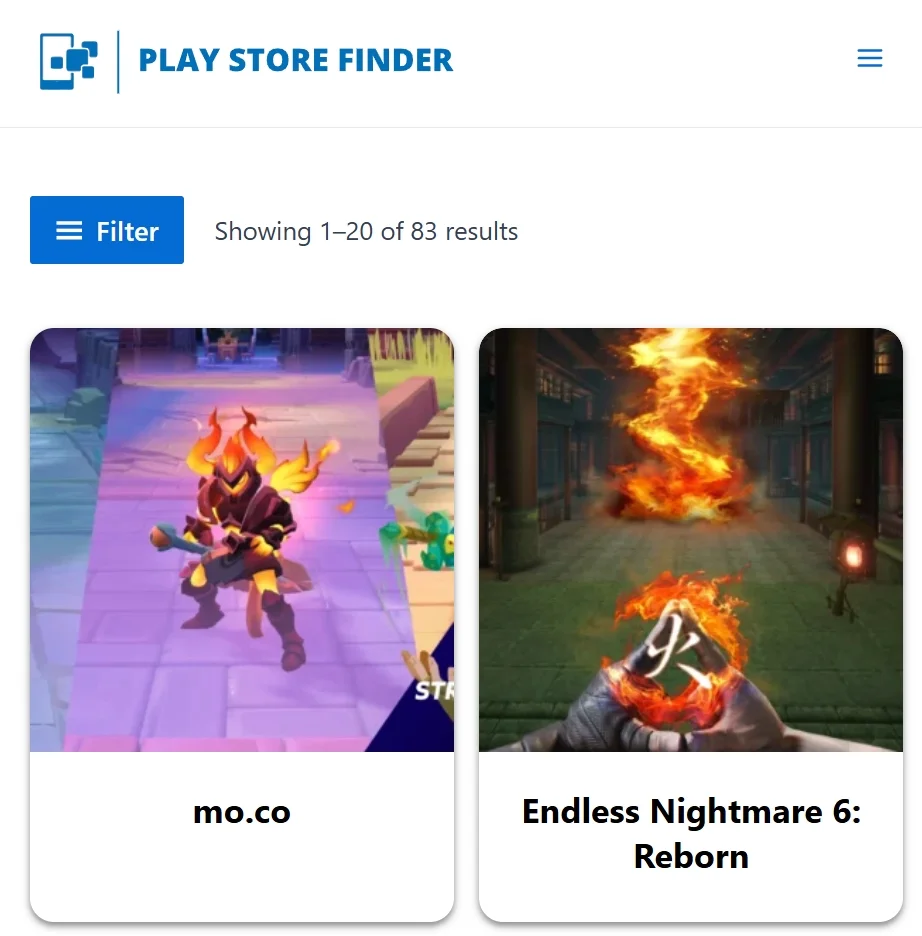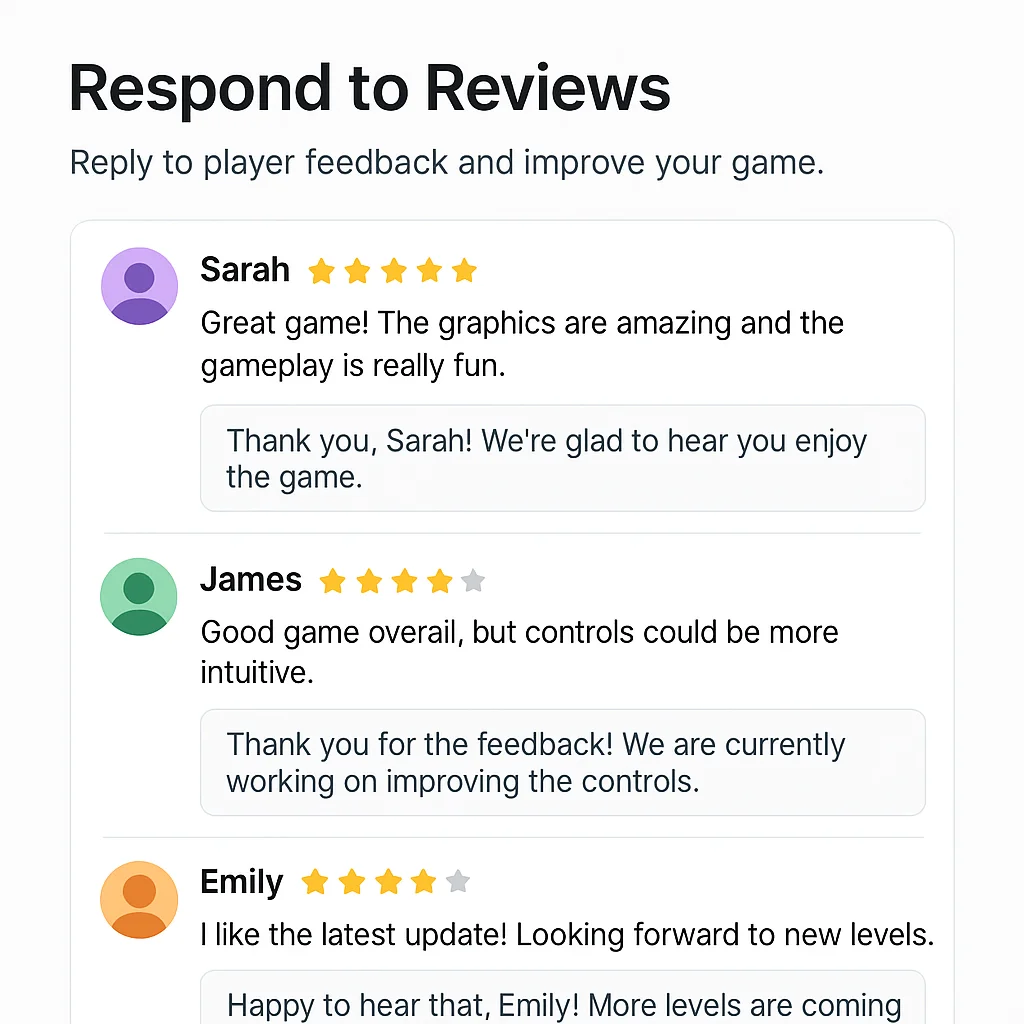Readers like you help support Explaining Android. When you make a purchase using links on this site, I may earn an affiliate commission.
You’ve spent countless hours designing, coding, and perfecting your mobile game. But in the crowded arena of the Google Play Store, creating a fantastic Android game is only half the battle. Without a solid promotion strategy, even the most brilliant creation can fail to find its audience.
This guide provides a comprehensive blueprint to help you navigate the complexities of mobile game marketing. From building a community before launch to sustaining growth long after, these are the essential steps to give your Android game the visibility and success it deserves.
Phase 1: Pre-Launch – Building a Foundation for Success
The work begins long before you hit the “Publish” button. The pre-launch phase is about generating buzz and building a community that is ready and waiting to download your game on day one.
Define Your Target Audience
Before you market anything, you must know who you’re marketing to. Are your players casual puzzle enthusiasts who play in short bursts, or are they hardcore RPG fans looking for a deep, immersive experience? Create a “player persona”—a fictional profile of your ideal player—to guide your messaging, art style, and marketing channels.
Create a Professional Press Kit
A press kit is a digital folder containing everything a journalist, blogger, or influencer needs to cover your game. Host it on your website for easy access. It must include:
- A concise, engaging description of your game and its key features.
- High-quality screenshots and promotional art (logos, banners).
- A dynamic gameplay trailer (1-2 minutes max).
- Your studio’s logo and a brief, professional bio.

Build a Simple Landing Page
Create a clean, one-page website to serve as the central hub for your game. This page should feature your best artwork, the gameplay trailer, and one clear call to action: an email signup form. Building an email list is one of the most powerful ways to communicate directly with your most dedicated future players.
Stake Your Claim on Social Media
Identify where your target audience spends their time and create profiles there. For games, top platforms often include:
- YouTube Shorts & Instagram Reels
- For quick, viral gameplay clips.
- Bluesky
- For development updates, engaging with other devs, and also connecting with press.
- Facebook & Reddit
- For joining community groups and finding niche audiences.
Start posting engaging content like behind-the-scenes development GIFs, concept art, and short gameplay videos to build a following. Actually engage with your audience. . .ask them questions, take in creative input, find out what the community is looking for in your mobile game genre.
Engage with Existing Communities & Platforms
Which leads into our next area of focus, don’t just broadcast on your own channels. Integrate your game into communities that are actively looking for new titles.
- Reddit
- Become an active, helpful member of subreddits like r/AndroidGaming, r/IndieGaming, and genre-specific communities.
- Discord
- Join developer and gamer-focused servers to get feedback and build relationships.
- Game Discovery Platforms
- Submit your game to platforms designed to help players discover new titles. This can put your game in front of an engaged audience.

Start Early Outreach to Press and Influencers
Weeks before your launch, it’s going to be a good idea to begin contacting YouTubers, Twitch streamers, and gaming journalists who cover games in your genre. Personalize your emails, compliment their work (cite specific articles/videos), and offer them an early access key via your press kit. A single piece of launch-day coverage can drive thousands of downloads.
Phase 2: The Launch – Making a Powerful First Impression
Launch day is about maximizing your visibility and converting pre-launch buzz into downloads.
Master App Store Optimization (ASO)
ASO is Search Engine Optimization for the Google Play Store. It is the most critical factor for long-term organic downloads.
- Compelling Title
- Make it unique and memorable, and if possible, include a keyword that hints at the genre (e.g., “Galaxy Raiders: Sci-Fi RPG”).
- Keyword-Rich Description
- Your description is your sales pitch. Write an exciting summary of your game’s story and features, naturally weaving in keywords that players would use to find a game like yours.
- High-Quality Screenshots & Video
- Your visuals are your number one selling tool. Your promo video and screenshots must showcase the most exciting and visually appealing moments of gameplay.
- An Eye-Catching Icon
- Your icon competes with millions of others. It must be clean, professional, and instantly recognizable.
Execute a Coordinated Launch Announcement
On launch day, activate all your channels simultaneously. Announce that your game is live to your email list, on all social media platforms, and in your relevant Discord and Reddit communities. Follow up with the influencers who received early access keys.
Phase 3: Post-Launch – Sustaining Growth
The marathon continues after launch. This phase is about keeping the momentum going and building a loyal player base.
Invest in Paid Advertising & Promotions
- Google App Campaigns: The most direct way to advertise on the Google Play Store, YouTube, and across Google’s network.
- Social Media Ads: Run highly targeted ad campaigns on platforms like Facebook, Instagram, and TikTok to reach your ideal player persona.
- Utilize Deal and Promotion Sites: When running a sale or making a paid app free for a limited time, submit your promotion to deal-focused communities to attract a surge of new players.

Foster and Engage Your Community
- Update Your Game
- The number one reason players stick around is new content. Regularly release updates with new levels, features, bug fixes, and seasonal events.
- Respond to Reviews
- Actively manage your Google Play reviews. Thank users for positive feedback and respond professionally and helpfully to negative feedback. This shows potential players that you are an engaged and caring developer.
- Run Contests & Giveaways
- Encourage social media engagement by running contests for in-game currency or gift cards. Ask players to share their best gameplay moments or fan art using a specific hashtag, and feature the winners.
Seek Out Featuring Opportunities
Constantly be on the lookout for opportunities to be featured by Google Play. Apply for programs like the Indie Games Festival and pay attention to editorial collections where your game might be a good fit. A feature from the Google Play editorial team can change a game’s trajectory overnight.
Conclusion
Promoting a mobile game is a marathon, not a sprint. It requires a strategic blend of pre-launch preparation, launch-day execution, and sustained post-launch effort. By building a community, optimizing your store presence, and continuously engaging with your players, you can rise above the noise and give your Android game the audience and success it deserves.


